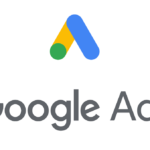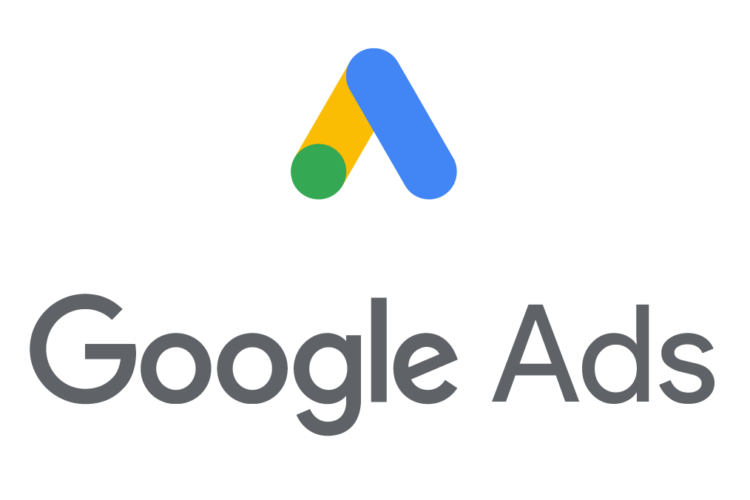
Understanding how Google’s bots interact with your website is vital for any digital marketer or web administrator. Googlebot, the web crawler used by Google, plays a critical role in indexing and ranking web pages. Observing its activity helps ensure that your content is being accessed and indexed properly, which can directly impact your online visibility. In this piece, we will explore effective tools and methods for monitoring Google bot activity and discuss strategies to optimize your website based on the insights gained.
Understanding Google Bot Activity
Before diving into the specifics of monitoring tools, it is crucial to grasp what Googlebot does. Googlebot continually browses the internet, scanning websites to index content for search results. The bot’s activity varies with the frequency that websites update their content and the website’s overall authority. Websites that track Google bot activity and implement frequent updates may see higher crawl rates, while outdated sites might not be crawled as often. By keeping an eye on this activity, webmasters can understand whether Google is successfully indexing their pages.
For example, websites that struggle with low traffic or poor rankings may need to assess whether Googlebot is crawling them appropriately. According to a study by Moz, sites with more frequent updates are crawled more often, meaning new content is indexed quicker, which can lead to better search rankings.
Tools to Monitor Google Bot Activity
Several tools exist to help webmasters monitor Googlebot activity effectively. Google Search Console stands out as one of the most reliable options. This tool offers insights into how Googlebot interacts with your site, including crawl statistics and the frequency of indexing. Users can access reports detailing the number of pages crawled, any errors that occurred during crawling, and the last time the bot visited specific pages.
Another valuable resource is server log file analysis. This method involves examining the server logs where requests from Googlebot are recorded. Through log file analysis, webmasters can identify which pages are being visited, how often Googlebot is visiting them, and whether there are any crawl errors. This can be particularly useful for websites with large content libraries, helping pinpoint which sections may require optimization.
Interpreting Crawl Data
Collecting data on Googlebot activity is only half the battle; interpreting it accurately is equally important. Focus on specific metrics that can guide optimization efforts. For instance, observe the crawl rate, which measures how frequently Googlebot visits your site. A consistently high crawl rate can indicate that your content is deemed valuable or relevant, while a lower rate may suggest the opposite.
Examine the pages with the most frequent visits from Googlebot. Are these your highest-performing pages? If so, you might want to create more content similar to these pages to boost overall traffic. Conversely, if you find that important pages are not receiving sufficient crawls, adjustments may be needed—like improving internal linking or updating the content— to enhance discoverability. Furthermore, crawl errors identified in reports should not be ignored, as they can prevent pages from being indexed properly.
Optimizing Your Website for Crawling
Once you’ve gathered and analyzed your data, the next step involves optimizing your website to ensure that it is more effectively crawled by Googlebot. Start by simplifying your website structure. A clean, organized hierarchy helps bots navigate your site easily. Make use of XML sitemaps to help Google know what content exists and prioritize pages that are essential to your business. XML sitemaps should be updated regularly to reflect any changes in your site content.
Another optimization tactic involves enhancing page load speeds. Slow-loading pages can lead to higher bounce rates and may result in Googlebot crawling fewer pages per visit. According to research by Google, more than 53% of mobile site visitors leave a page if it takes longer than three seconds to load. Implementing techniques such as image compression, reducing redirects, and utilizing browser caching can improve loading times.
Maintaining a Healthy Crawl Budget
Your site’s crawl budget refers to the number of pages Googlebot is willing to crawl on your site during a given period. Maintaining a healthy crawl budget ensures that Googlebot focuses its attention on critical sections of your site. To optimize your crawl budget, eliminate duplicate content and 404 errors. These issues can cause Googlebot to waste time crawling unproductive pages that do not ultimately contribute to your SEO performance.
In addition, enhancing the overall user experience can further support crawl budget management. High bounce rates or extended time spent on a page can signal to Google that visitors are not finding what they need. Consider improving content quality, incorporating engaging visuals, and ensuring your website is mobile-friendly to keep users on your pages longer.
Monitoring Changes Over Time
Effective monitoring involves not only observing the current activity of Googlebot but also tracking changes over time. By analyzing historical data, you can identify trends that may indicate the impact of your optimizations. For instance, if your crawl rate increases after implementing new content strategies, that could indicate that Googlebot finds your content highly relevant.
When you make significant changes to your website, take time to document the results and impacts. For instance, if you’ve altered the site structure or implemented new content, continue to monitor the effects on the crawl rate and rankings. Observing these changes helps inform future optimizations and can assist in identifying what resonates well with Googlebot.
Using Third-Party Tools for Enhanced Insights
Beyond Google Search Console, various third-party tools offer sophisticated analytics for site performance. Platforms like SEMrush provide detailed reports on site health, including issues that might affect Googlebot’s ability to crawl and index your site. These tools often highlight on-page SEO aspects, site speed performance, and potential errors.
Ahrefs and Screaming Frog are also excellent for conducting in-depth site audits. Ahrefs’ site audit tool can identify broken links, guest posting opportunities, and potential SEO issues regarding your existing content, while Screaming Frog offers advanced crawling features that simulate how Googlebot views your site. Combining insights from these tools with Google Search Console data creates an extensive framework for understanding your site’s performance.
Incorporating Feedback from SEO Reports
Regularly reviewing SEO reports can provide invaluable insights into how your site is performing, particularly in regards to Googlebot interaction. Tools such as Moz and SEMrush detail changes in rankings, and changes in organic search traffic and offer a comprehensive view of how Google perceives your site over time. Taking the time to review these reports helps understand what adjustments might be necessary to attract Googlebot more effectively.
In addition to data analysis, consider engaging in user feedback. User experience significantly influences how long people remain on your site and how frequently Googlebot returns. For instance, if visitors express dissatisfaction with the loading speed of your content, that may indicate a need for optimization. Ensuring your site meets the needs and desires of users can encourage both organic traffic and improved interaction with Googlebot.
Staying Updated on Algorithm Changes
Google frequently updates its algorithms to improve the quality of search results. Being aware of these changes is vital for maintaining optimal performance. Search engine updates can affect how Google assesses site quality, user experience, and ultimately, whether your pages are crawled efficiently. Subscribing to SEO blogs and forums can help stay informed about changes and best practices in SEO and crawling behavior.
Google also shares information on updates in its Search Central Blog. By keeping up to date with these developments, webmasters can adjust their strategies to align with Google’s expectations, ensuring that their content remains relevant and highly visible in search results. Such diligence can lead to improved crawl rates and ultimately enhance overall site performance.

In summary, monitoring Google bot activity is essential for maintaining a healthy website ecosystem and optimizing for search engine performance. Understanding bot behavior, utilizing the right tools, interpreting crawl data, and optimizing your website all contribute to improved visibility. Furthermore, staying informed about algorithm changes and seeking user feedback ensures that your site adapts and thrives in an ever-evolving digital landscape.





